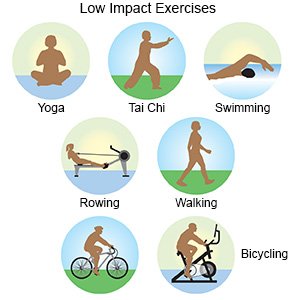Aortofemoral Bypass
Medically reviewed by Drugs.com. Last updated on Aug 4, 2025.
Aortofemoral bypass is surgery to place a graft to go around your blocked or damaged aorta. The aorta is a large blood vessel that carries blood and oxygen from your heart to your body. Your aorta splits into 2 smaller blood vessels called femoral arteries in your abdomen. These arteries carry blood and oxygen to your pelvis and your legs. The graft may be from a blood vessel in your arm or leg, or it may be artificial.
DISCHARGE INSTRUCTIONS:
Call your local emergency number (911 in the US) for any of the following:
- You have any of the following signs of a heart attack:
- Squeezing, pressure, or pain in your chest
- You may also have any of the following:
- Discomfort or pain in your back, neck, jaw, stomach, or arm
- Shortness of breath
- Nausea or vomiting
- Lightheadedness or a sudden cold sweat
- You cough up blood.
Call your doctor or surgeon if:
- Your leg feels warm, tender, and painful. It may look swollen and red.
- Blood soaks through your bandage.
- You have severe groin pain.
- Your toes or feet suddenly become cold, darker, or pale.
- You have a fever.
- Your wound is swollen, warm, red, or has pus coming from it.
- You have new pain, or your leg or foot pain suddenly gets worse.
- You have new sores on your legs or feet, or an old ulcer is not healing.
- You have questions or concerns about your condition or care.
Medicines:
- Prescription pain medicine may be given. Ask your healthcare provider how to take this medicine safely. Some prescription pain medicines contain acetaminophen. Do not take other medicines that contain acetaminophen without talking to your healthcare provider. Too much acetaminophen may cause liver damage. Prescription pain medicine may cause constipation. Ask your healthcare provider how to prevent or treat constipation.
- Take your medicine as directed. Contact your healthcare provider if you think your medicine is not helping or if you have side effects. Tell your provider if you are allergic to any medicine. Keep a list of the medicines, vitamins, and herbs you take. Include the amounts, and when and why you take them. Bring the list or the pill bottles to follow-up visits. Carry your medicine list with you in case of an emergency.
Related medications
Wound care:
Follow your surgeon's instructions on how to clean your wound. Do not remove the bandage unless you are told to.
Activity:
Ask about the best exercise plan for you. Walking is a low-impact exercise that can help prevent blood clots. Ask when you can return to work or your other daily activities.
 |
Do not smoke:
Smoking increases the risk that your new graft will become blocked. Ask your healthcare provider for information if you currently smoke and need help to quit. E-cigarettes and smokeless tobacco still contain nicotine. Talk to your healthcare provider before you use these products.
Follow up with your healthcare provider or surgeon as directed:
You may need to return for blood tests. Healthcare providers may also need to check the blood flow in your legs and feet. Write down your questions so you remember to ask them during your visits.
© Copyright Merative 2025 Information is for End User's use only and may not be sold, redistributed or otherwise used for commercial purposes.
The above information is an educational aid only. It is not intended as medical advice for individual conditions or treatments. Talk to your doctor, nurse or pharmacist before following any medical regimen to see if it is safe and effective for you.
Further information
Always consult your healthcare provider to ensure the information displayed on this page applies to your personal circumstances.
